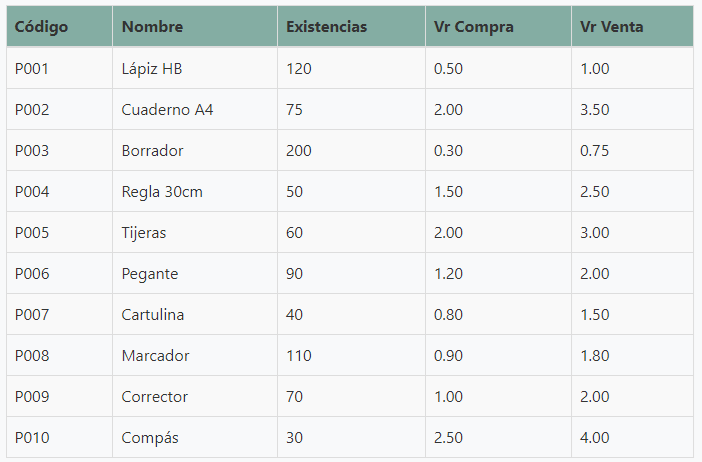SEO for Beginners: How to Optimize Your Website from Scratch
In the current digital age, having an online presence is essential for any business or project. However, simply having a website is not enough. It is important that your site is visible to users who are searching for content related to your business. This is where SEO (Search Engine Optimization) comes into play. In this article, we will explain what SEO is, why it is important, and how you can optimize your website from scratch.

What is SEO?
SEO is the process of improving the visibility and position of a website in search engine results pages, such as Google, Bing, or Yahoo. The goal is to have your site appear on the first page of results when users search for keywords related to your content.
Why is SEO important?
SEO is important because:
- It increases the visibility of your website
- Improves the amount of organic (non-paid) traffic to your site
- Increases the credibility and trust of users in your brand
- It is a cost-effective form of marketing compared to paid advertising
How does SEO work?
Search engines use complex algorithms to determine the relevance and quality of a website. These algorithms take into account factors such as:
- The quality and relevance of the content
- The structure and organization of the site
- The loading speed and user experience
- The number and quality of incoming links (backlinks)
How can I optimize my website from scratch?
Here are some basic steps to optimize your website from scratch:
Step 1: Keyword research
Identify the keywords and phrases that users are searching for related to your content. Use tools like Google Keyword Planner or Ahrefs to find the most relevant keywords.
Step 2: Creating quality content
Create high-quality content that is relevant and useful to your users. Use the keywords you researched in the previous step naturally and without overdoing it.
Step 3: Optimizing site structure
Organize your site in a logical and easy-to-navigate way. Use titles and subtitles to structure your content and make it easier to read.
Step 4: Optimizing loading speed
Make sure your site loads quickly. Use tools like Google PageSpeed Insights to identify areas for improvement.
Step 5: Creating incoming links
Create high-quality incoming links from other relevant websites. Use techniques such as creating quality content and participating in online communities to attract incoming links.
SEO is a complex process, but with these basic steps, you can start optimizing your website from scratch. Remember that SEO is a continuous process and you must be willing to learn and adapt to changes in search engine algorithms. Good luck!





